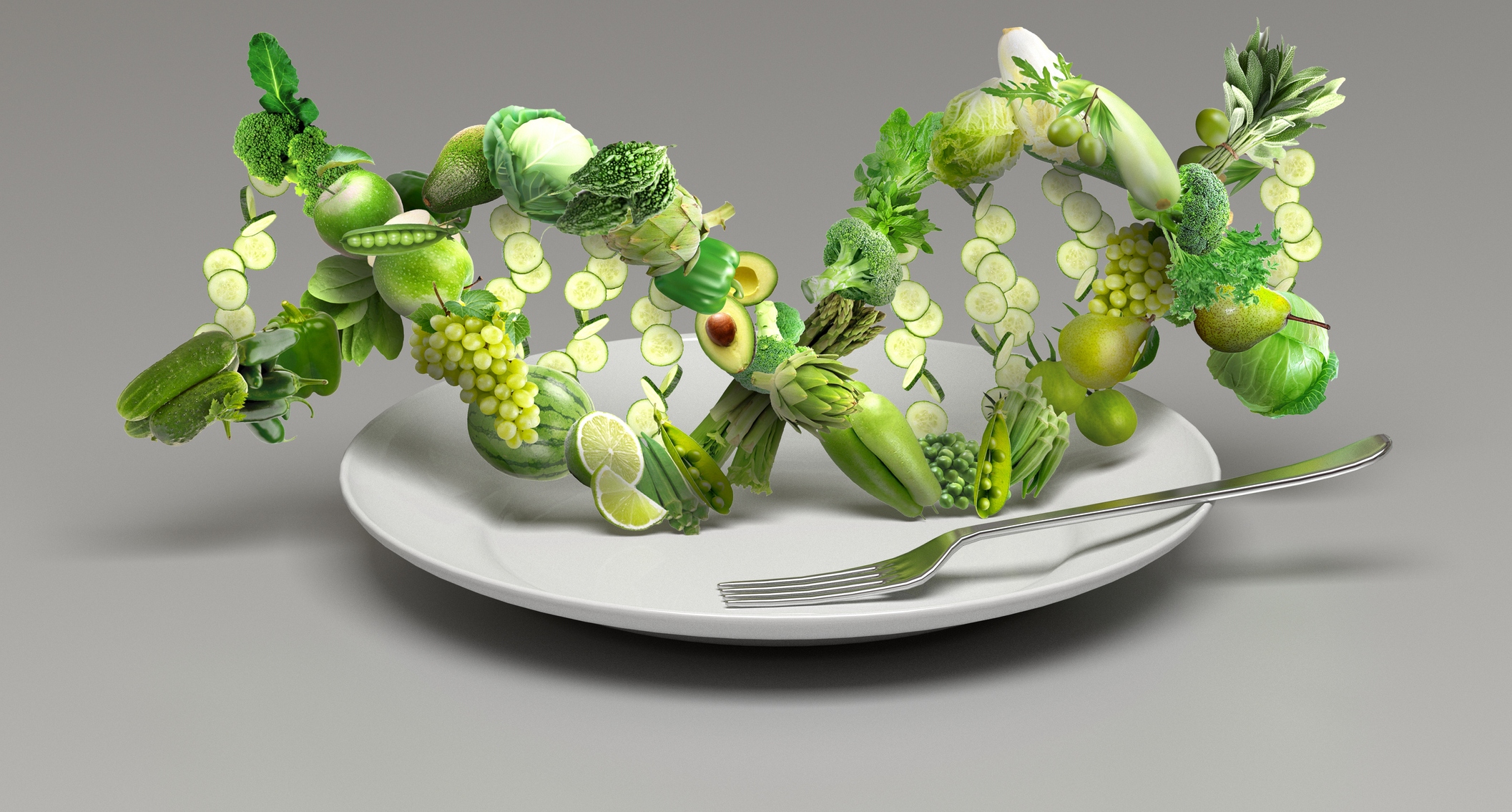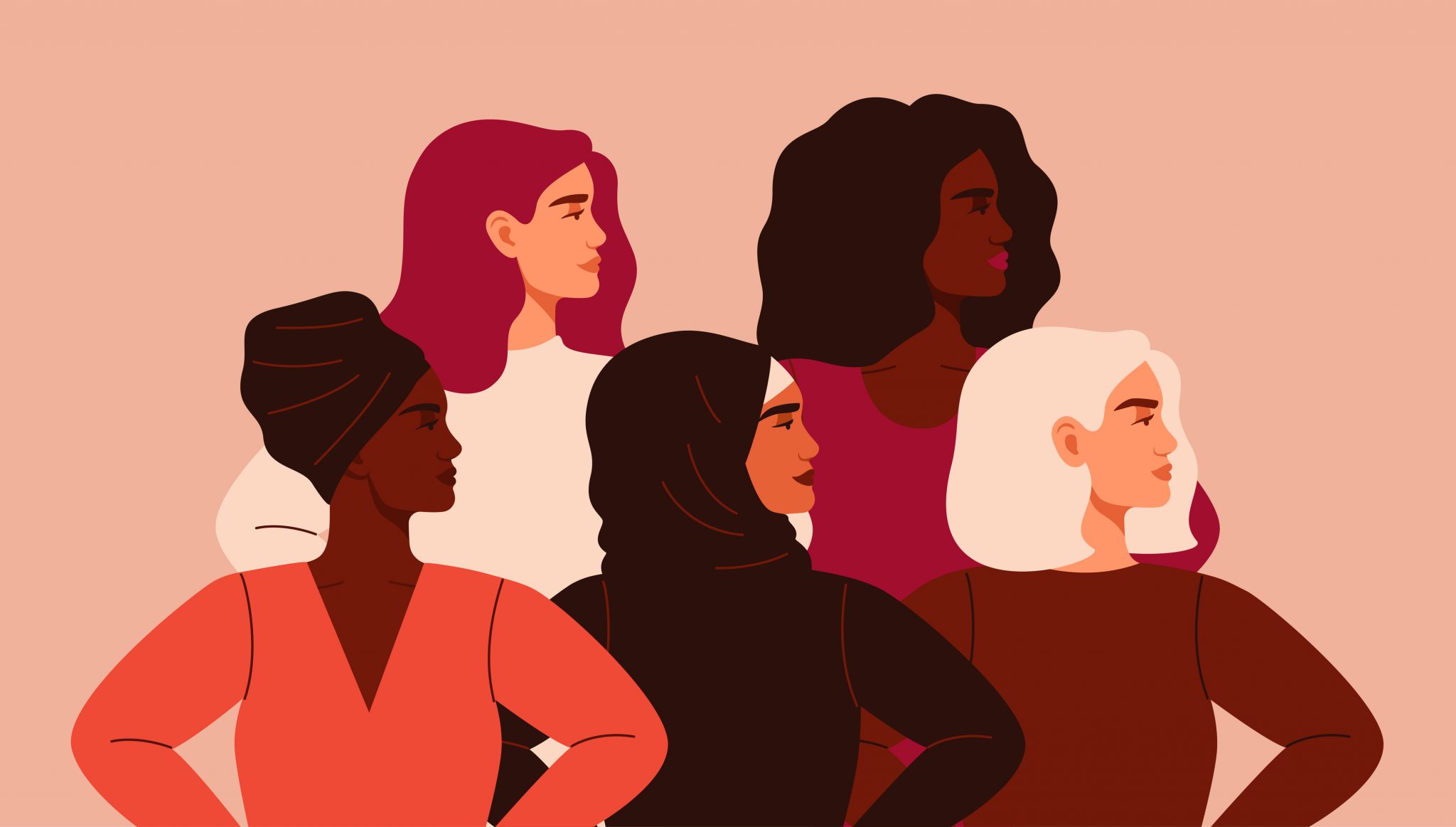Dining Table Tales with…Monique Simmonds

Despite being responsible for one of the most diverse collections of plants and fungi in the world as the Deputy Director of the Royal Botanical Gardens at Kew, Monique Simmonds hasn’t always been interested in them. “I actually kind of disliked botany growing up,” she admits. “I wasn’t very good at it.”
Even after thirty years working at Kew, she doesn’t see herself as a botanist. “But I am surrounded by them,” she adds, “Which I’m very pleased about.”
She might not have liked botany in the past, but Simmonds is certainly an authority on plants – or more specifically their biochemical makeup, and how some have the potential to heal us. “I’m interested in unlocking those properties of plants,” she says. “And how people can use them.”
Her expertise has been called on by police to identify the suspected poisoning of Russian whistleblower Alexander Perepilichnyy, she’s advised government committees , and in 2013, she was awarded an OBE for her contribution to the scientific community.
Her team at Kew collaborate with all sorts of people – from giant corporations like Proctor and Gamble for commercial projects, to Zulu sangoma (traditional healers) to uncover the properties of the ancient plants they use.
Plants have been used for medicines, superfoods and even cosmetics, for millennia, but they’re relatively under used in commercial products because of a lack of research. Of all the world’s flora, there are just 390,900 plants known to science. Simmonds says over the past few years there’s been a surge of interest, “Especially within food,” she adds.
In 2019 the plant-based sector grew by 11% and in 2020 it was worth $15.4 billion. But as consumer demand skew towards natural and vegan substitutes, it turns out we’re only relying on a small number of plants to fill that gap. Over the past three decades, the range of plants we consume has narrowed. Just three crops – maize, rice and wheat – account for more than half of the calories consumed worldwide. “As we become a global economy, we’re sharing a narrow range of plants that monopolise what we eat,” explains Simmonds, “About 12 different species – the dominant species – that we have every day. And yet there are thousands of other plants that could be contributing to our diets and most likely to our health.”
Because of soil depletion, the number of vitamins and minerals in our fruit and veg are lower than decades gone. She says that, for instance, apples have been bred for sweetness rather than nutritional value. “There’s not as much goodness in an apple (these days) compared to the older ones,” she states.
The tide is however turning. An increase in meatless diets means the demand for varied edible plants is on the rise. Expanding the range of crops and plants we eat is essential to biodiversity because it stops our food system descending into a monoculture. It also plays a key role in exploring the potential health benefits of different foods.
But, as with all new things, there are teething problems when it comes to introducing new or underused plants into contemporary supply chains. A sudden demand for a new foodstuff creates shortages which might encourage some suppliers to fall back on substitutes, and when new plants enter the food chain it can take time for botanists and food scientists alike to become fully familiar with it.
Both these factors play a big part in plants materials being misidentified. Simmonds estimates the number of wrongly labelled or adulterated plants in food and cosmetics to be as high as 20-30%. “Identification of material is really important,” she explains. “Because there is an increased interest in naturals – by that I mean herbs and other plants materials used in the food sector. But some substitute or adulterants could be harmful, could be toxic, therefore, you’ve got to really have the means to be able to check it.”
Simmonds’s biggest challenge isn’t just identifying plants, it’s knowing where to look for them. In 2019 alone, 1,942 species of plants and 1,886 species of fungi were scientifically named for the first time. A large part of Simmonds’s work at Kew is just authenticating known plant materials. She estimates that the number of misidentified florae to be somewhere between 20 – 30%: “I wouldn’t be surprised if the level of misidentification is actually greater than we think it is.”
Trying to identify, examine and categorise, every single known botanical – down to the molecular level – in the hope of locating the right active component is an impossible task, so part of Simmonds’s unique way of finding potential leads is to scour folklore, old wives’ tales and other traditional knowledge for clues.
Even at a cellular level, there are myriad environmental influences that make one plant more potent or effective than another. From the soil it’s grown in, to how it’s preserved after it’s been picked, the actives in one plant can differ wildly from another of the same species. It’s why Simmonds is so rigorous with her approach: “You’ve got to repeat, repeat, and repeat it. It’s probably boring. But if you’ve got something you really need to.”
Her attention to detail is what helps her spot the tiniest of changes. When working with herbalists in the UK to look into the wound healing properties of plants, a similar project about wound healing plants used during the Vietnamese war Simmonds had worked on in the past kept springing to mind. “They [the Vietnamese] were able to treat their soldiers’ wounds, whereas the American soldiers usually had to be flown back,” she says. Knowing she’d discovered other plants in Asia to have wound-healing properties, Simmonds found a woman called Gabrielle Hatfield working in Norfolk, who used figwort to treat wounds. Keen to find out why it was so effective, Simmonds checked samples at Kew and asked colleagues at King’s College Hospital to test them for wound healing activities. But no luck was had.
“We went back and said, ‘Yeah, it must be something else you’re doing’.”
Simmonds knew she was missing something, so she went to see Hatfield and spotted her medicinal pottage was made of fresh, not dried, ingredients. A similar method to what the Vietnamese used. Back in the lab, using frozen-fresh samples, the Kew team identified which compounds encouraged healing and discovered they were similar to the Vietnamese plants. “So that’s where often a traditional herbalist is really useful when they’re involved in collecting the plant material,” she adds. “Sometimes, if I’m just taking something from them, I won’t know that.”
It takes an incredible amount of patience to locate the exact properties that make some plants more powerful than others. “It can be infuriating for somebody who wants to sit there and just allow science to happen,” she says. “You really do need to pay attention to detail.”
Analysing and understanding every sample they come across is integral to her work at Kew. Her team at the Jodrell Laboratory have access to a staggering number of collections. “Kew is like the gold standard,” Simmonds explains. “We’re like a verified library.”
Spread out over 300 acres, the botanical gardens are home to 2.4 billion seeds, seven million preserved specimens, and 50,000 living plants. They even have their own police and fire service.
With a prestigious name, world-class facilities and a sample size second to none, it’s surprising to hear that Simmonds’s approach of working with herbalists can still be difficult to fund. “It’s very difficult to get scientific grants to be able to support some of this work,” she explains. “Over the years, we’ve found it difficult. But if you can show that the approach can lead to something, that you’ve got a track record, then people will often pay a little bit more attention.”
As her team have built up that record, the work has become increasingly important: “I get really worried about the loss of biodiversity, the loss of plants, and the loss of traditional knowledge about plants. And therefore, the need to get that documented by those that own it so that they’re the ones who have the link to the people who used it.”
Trying to document and preserve those traditional methods is made all the more difficult precisely because they’ve not been studied in a rigorous, scientific way before.
In 2017, Kew reported that over 28,000 different plants across the globe had untapped medicinal uses. Using a ‘very conservative’ estimate, the report pointed to a lack of correct documentation. Simmonds explained that while traditional Chinese medicine has a written legacy that can be traced back to over 2000 years, other customs and traditions are passed down by word of mouth: “In South America or Africa there was no written legacy.” And when there’s little documentation, that’s when talking to the right people, in the right communities, is invaluable. Since taking up her first post at Kew in 1985, Simmonds has travelled to every single continent in order to find out how different communities use plants for all aspects of their lives – from clothes to food and medicine. “They’ve taught me the most,” she says.
Since the COVID-19 pandemic brought travel to a halt, she’s been at her home in Farnborough, in the south-west of England. “I’ve never ever been in one spot as much ever in my life,” she tells me from her home office, sat in front of her collection of sausage dog memorabilia (she used to own some but doesn’t anymore because of work commitments). “I really miss that exchange with people.” The only comparable period Simmonds has spent in one place for a long time was at boarding school, but outside of term time, she used to accompany her parents on trips all over the world. “Being brought up in Hong Kong, I definitely was aware of traditional Chinese medicines. And then I was in India and again exposed to an increased use of plants as medicines there. I’m sure they influenced me.”
When asked how she connects with people since the start of the pandemic, Simmonds says the past year has been having lunch with friends in the garden. “Otherwise, it’s a sticky keyboard,” she says, referring to her working lunches in front of her computer. Outside of work – which Simmonds freely admits to taking up most of her time – she loves exploring theatre and art museums, just about anything that teaches her something new.
Over the past thirty years she’s also been a justice of the peace, helping give sentences in magistrates courts. “It’s taught me a lot,” she explains. “It’s taught me how to look for circumstantial evidence and hard facts. And listen. I think it’s taught me to listen.”
Simmonds has always been a believer in hard facts. In school, she was drawn to science subjects. “I was going to go into veterinary medicine,” she recalls. “But then I’m quite a small build. And I could just see and as a female, you’d end up with kind of small animals.”
It was a while before a career at Kew presented itself to Simmonds, having never been keen on studying the taxonomy of plants as they didn’t catch her imagination. Unexpectedly, after completing her PhD in chemistry, she was invited to work on a project at Kew looking at how plants could be a treatment for Alzheimer’s. Now, following several decades at the world-renowned botanical gardens, Simmonds has found a new appreciation for the work of botanists and their understanding of taxonomy. “Kew has given me so many amazing opportunities,” she says, “I’ve found it very, very rewarding.”







